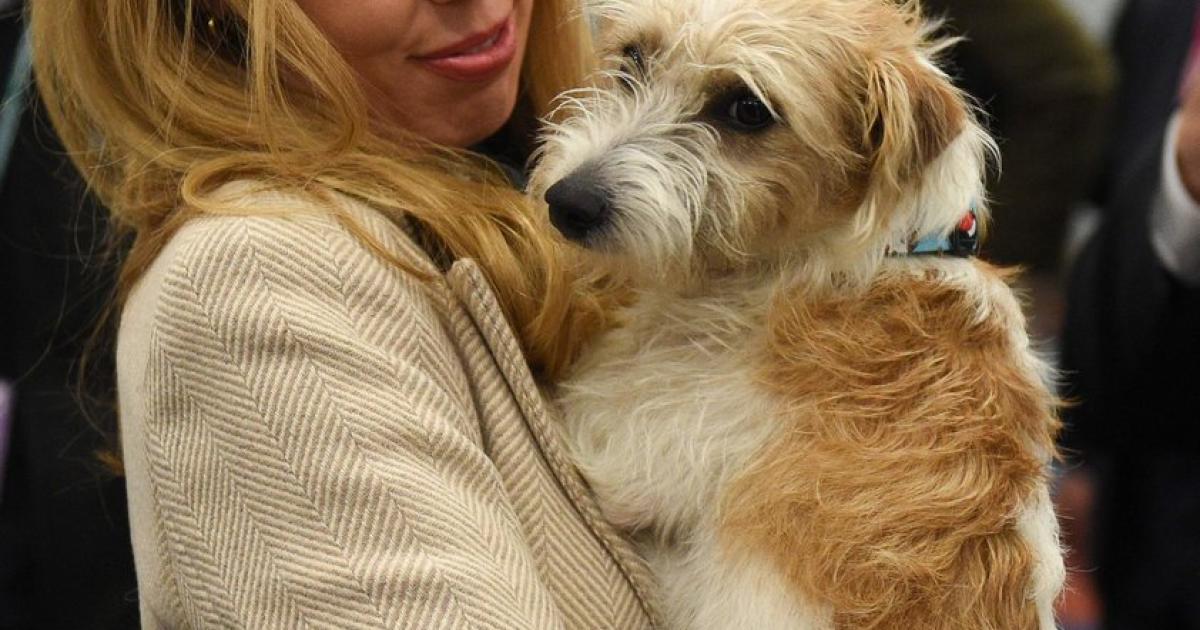Geneva When American Seth Berkley talks about vaccination campaigns, he should know what he is talking about. The doctor of medicine and epidemiologist has been leading the international vaccine alliance Gavi in Geneva since 2011. Under his direction, Gavi raised more than $ 16 billion from donors, and hundreds of millions of children in poor countries received vaccines against disease. Now the 64-year-old is facing the greatest challenge of his career.
Berkley leads the procurement and distribution for the international Covax program, founded in 2020, behind which Gavi, the World Health Organization and the children’s charity Unicef stand. Covax has a big goal: The vaccines against the disease Covid-19 should be distributed fairly worldwide, everyone should have access to a vaccine.
Because while vaccination campaigns have long since started in rich countries, people in developing countries have been largely left with nothing. By the second half of January, only 25 vaccinations against Covid-19 had been administered in one of the poorest countries. The Director General of the World Health Organization, Tedros Adhanom Ghebreyesus, has already warned of a “catastrophic moral failure” by the international community.
And it’s more than a moral failure. Because it is of little use to the richer countries if the people there are more or less vaccinated, but new mutations develop in the poorer countries.
Top jobs of the day
Find the best jobs now and
be notified by email.
–
–
–
That is why Berkley now wants to take countermeasures: By the end of the year Covax is to provide at least two billion vaccine doses. Covax reserves the majority of this for poor countries – free of charge. “We’ll soon start shipping life-saving vaccines globally, so we’ll have a chance of defeating the pandemic,” says Berkley.
But whether Berkley and his colleagues at Covax will achieve their ambitious goals is questionable. Because according to a plan published in the middle of the week, Covax can only hand out around 340 million vaccine doses in a first round by June.
Covax needs more billions in aid
The campaigns could only start at the turn of the month between February and March; a specific date has not been set. In addition, Covax itself has great reservations about the entire project. In a concept paper, for example, success is made dependent on the approval of the active ingredients.
Nevertheless, the Covax strategists set specific delivery figures for dozen of poor countries, especially in Africa, Asia and Latin America. Afghanistan is to receive around three million vaccine doses, Angola and Colombia more than 2.5 million each. European countries such as Albania (141,000 cans) are also on the recipient list.
In order to reach the targeted mark of two billion cans by December, almost everything at Covax would have to work smoothly.
Federal Development Minister Gerd Müller (CSU) already dares to predict: “This year, however, a maximum of 20 percent of the population in 92 developing and emerging countries will be able to be vaccinated.”
And so far not everything is going according to plan at Covax. Above all, there is a lack of money and the supply of vaccines is not going as expected. Covax had to push for a long time until donors contributed the initially estimated more than six billion US dollars for 2021 – Germany and the EU are still among the largest donors.
But Covax now needs an additional 2.8 billion US dollars for the current year. “800 million US dollars for research and development and at least two billion US dollars for vaccines in poor countries,” it says on request.
Covax also suffers from a lack of vaccines. example Astra-Zeneca. According to the plans, Covax will receive 336 million doses from the British-Swedish group for the first round of the vaccination campaign. Part of the production, 96 million cans, comes directly from Astra-Zeneca, the other part, 240 million cans, is manufactured under license by the Indian company Serum Institute.
However, Covax had ordered 153 million cans directly from Astra-Zeneca. Berkley said: “Our order has not been directed elsewhere.” The vacuum is rather to be explained with delays in the WHO process for emergency use.
Hopes rest on the Indian company
example Biontech-Pfizer. In the second half of January, Covax announced the order for 40 million doses of the vaccine from the German company Biontech and its partner Pfizer (USA). The contract was signed with Pfizer. In the middle of this week, Covax was only able to incorporate 1.2 million units of the Biontech-Pfizer active ingredient into its planning for the first round of the vaccination campaign.
Covax does not explain when the remaining almost 39 million Biontech-Pfizer units will be available. Berkley avoids public admonitions to vendors. After all, he “encourages” the industry to produce as much as possible.
Despite the shortage, Covax wants to provide rich Canada of all places with 1.9 million vaccine doses in the first round. Although the North American country itself has ordered 398 million cans from various companies.
Those responsible for Covax are now placing their hopes on the Indian Serum Institute. The Indians are expected to deliver 1.1 billion doses of vaccine. The cans are given to the Unicef children’s charity, a Covax partner, and other organizations.
Unicef Executive Director Henrietta Fore spoke of “good news” in the middle of this week. However, it is a “long-term” agreement. The distribution in 100 countries should extend over several years. When the Indians will provide the first doses of the vaccine remained open.
More: Sputnik V: Can the Russians save Europe’s vaccination campaign?
– .


